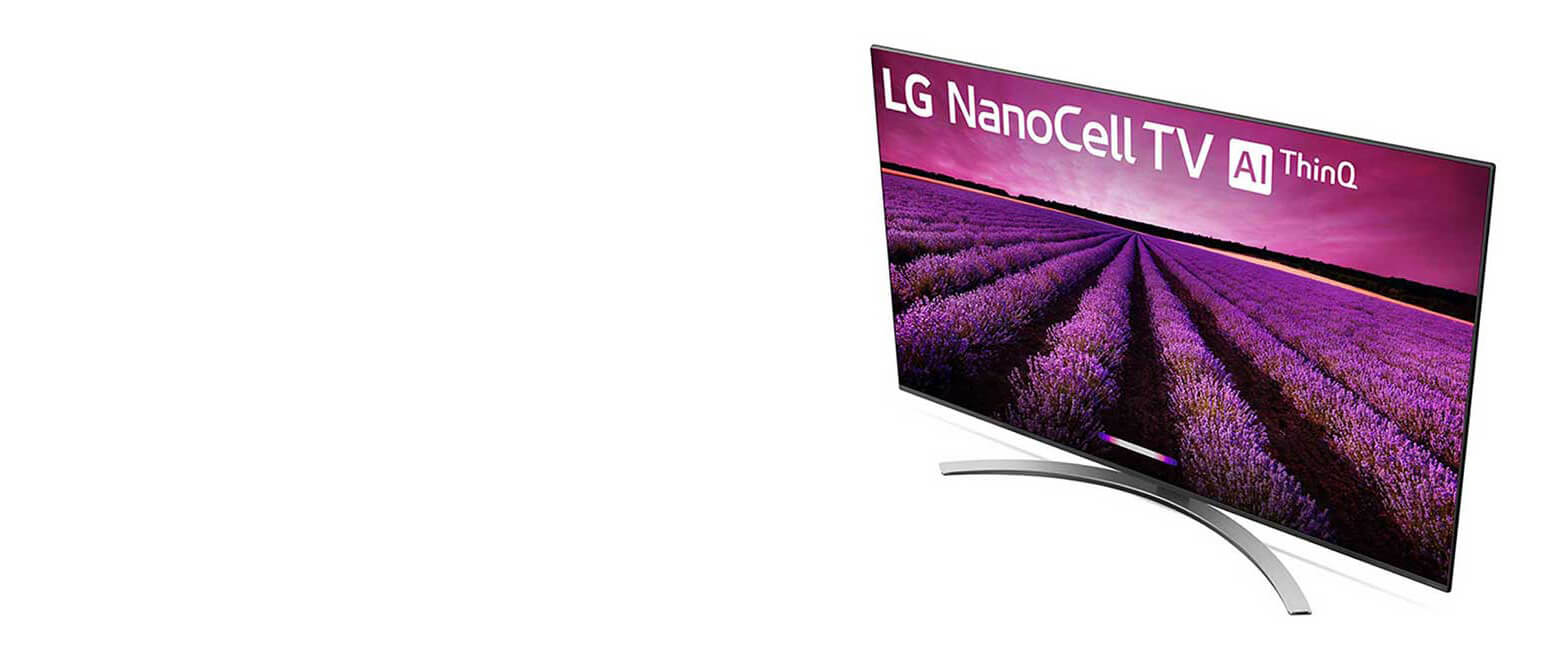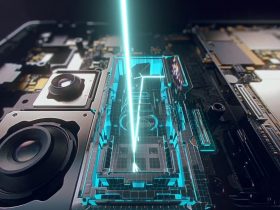By David Susilo
It has been more than a year since the last time I looked at a new LG LCD TV. The last time I checked, the NanoCell TVs are pretty good for the money. But as you know me, I’m looking for a product that’s a true performer.
This time, I needed to calibrate my client’s 65” SM81000 UHD TV, which is currently priced at $1,200. From the specifications standpoint, this TV has a great potential to be amazing. It’s filled with features to the brim: edgelit local dimming to produce the blackest level of black possible from an edgelit TV, Dolby Vision HDR technology, NanoCell LED system for more accurate colour reproduction, IPS panel for the widest viewing angle possible from an LED edgelit display, near-P3 wide colour gamut, and 10-bit panel for the reproduction of billions of colours (instead of the regular 16 million on a regular 8-bit panel). Phew! That’s a lot of features for $1,200.
Initial Setup
The initial setup was actually fun. With childlike (but not childish) animation, an LG penguin guided me every step of the way. Almost everything ran smoothly with the exception of the web connectivity. Trying both wired and wireless connection, I could see the TV was connected to my local area network but couldn’t see beyond my LAN. Sure enough, with a quick power cycle, the problem went away.
The Internet connections, both wired and wireless, worked like a charm. I continued on with downloading every firmware and software updates I could find for the TV before started to do anything. Fifteen minutes later, I got the TV up and running with all the latest firmware and software updates installed.
Calibration
Very surprisingly, right out of the box, this TV is acceptable to my eyes when the preset is set to ISF Expert Dark Room with a Delta E at around 2.9 with a Gamma value measured at 2.1. Of course calibration is still needed just like any TV on the planet, but at least you can set the TV picture setting to ISF Expert Dark Room preset. If anyone should choose to not calibrate the TV, their eyes will still be able to survive without any pain and suffering. After calibration, however, the accuracy went to an extremely respectable 0.29 with Gamma value of a dead-accurate 2.2.
Now that HDR and Wide Colour Gamut content are aplenty, my client uses a Panasonic UB820 UHD player ($500) with its HDR Optimizer capability to watch UHD Blu-rays, Netflix, and Amazon Prime. While the colour gamut is definitely wider than a regular 4K TV, it can only reach around 93% of DCI P3 colour gamut. As a side note, all UHD BD titles that have been released (about 1,000 titles or so – worldwide) and announced to be released will have a full DCI P3 Colour Gamut and at least HDR10.
Dolby Vision HDR is slightly problematic but expectedly so as I have yet to encounter any TV below the $5,000 mark that doesn’t have this problem. The TV claims to be compatible with Dolby Vision HDR, which means it’s supposed to be able to produce 4,000 Nits of brightness. While this set can do HDR 10 standard with no problem whatsoever (which requires producing 1,000 Nits of brightness), I could not push the peak brightness to more than around 1,500 nits. Bear in mind, however, that this is only problematic from a specifications stand-point.
Real Life Performance
All the technical specifications mean absolutely nothing if the real-life performance is not up to snuff. So allow me to do a point-by-point commentary on the display based on my viewing lifestyle.
Uniformity: Unlike too many edge-lit TVs of the past, the LG 65SM8100 had near-perfect uniformity in both white and grey (grey being extremely difficult). It was still noticeable when I ran a test pattern of 50% grey and 90% white, but in real-life applications, I can only see the imperfections in medium-paced panning. That’s also because my eyes are trained to pick out imperfections of any display.
Black level: As this TV has local dimming, the areas that are not supposed to be lit can be turned off. However, since, the display is not a Full Array Local Dimming (and using edge lit array at the top and the bottom of the screen, when there is a single object on the screen, you will see a light streak running from the top to the bottom of the screen. It is very seldom that anybody will encounter this, but it is something worth mentioning for the fans of horror movies and space science fiction movies where the scenes tend to be mostly dark with only a little bit of objects here and there. This problem is very visible in total darkness. Add a little bit of ambient light, you would be hard pressed to see this anomaly. By no means are these points to be considered a big detriment to this TV. There are so many other TVs that are a whole lot worse in rendering blacks than this one.
Conclusion
All in all, the LG 65SM8100 is a more than capable TV with great preset colour accuracy that bests most LCD TVs I’ve tested to date. It is not perfect, but for the asking price of merely $1,200, you really can’t go wrong. Recommended!









